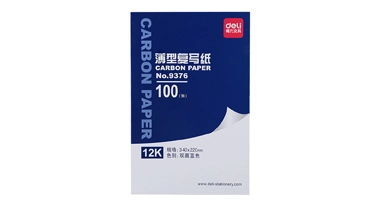Fluro pens contain fluorescent agents. When exposed to ultraviolet light (sunlight, fluorescent lamps, and mercury lamps, for example), it produces a fluorescence effect, emitting white light, which makes the color look bright and fluorescent. The principle of fluro paint pens' fluorescence is different from that of our watches or glow sticks. Glow sticks generate light by an internal radioactive reaction that excites the fluorescent powder on the outer layer. Therefore, they can light up at night without any ultraviolet light. However, fluro paint pens only fluoresce when in contact with ultraviolet light. You can observe this property by holding a Fluro paint pen near a mosquito lamp or counterfeit detector to see its fluorescence effect.
Fluro pens are commonly used for painting and marking. To pick out good quality Fluro paint pens, you can stack two semi-transparent sheets of report paper or typing paper together, write a few words with the fluorescent paint pens on the top sheet of paper, and pay attention to the strength and rhythm of the strokes. Then flip the paper over to check. High-quality fluro paint pens should not show any color seepage on the back of the top sheet of paper, and there shouldn't be any ink marks on the bottom sheet of paper.
Fluro pens are pens used for marking. Its ink is thick and light in color, and it covers the key parts of the text. After marking, the text remains clear and easy to read.
Fluro pens contain fluorescent agents. When exposed to ultraviolet light (sunlight, fluorescent lamps, and mercury lamps, for example), it produces a fluorescence effect, emitting white light, which makes the color look bright and fluorescent. It is commonly used in offices and for studying.
The key to the fluorescent ink used in fluorescent paint pens is to add visible fluorescent chelates (complexes) that can be stimulated by ultraviolet light to the ink.
By absorbing light energy, the atoms undergo an energy level transition and then release the absorbed additional energy.
The anti-counterfeiting feature emits red, yellow, green, and blue visible light when exposed to ultraviolet light (200nm to 400nm).
The ink can be divided into colored and colorless versions and can be stimulated by either long-wave (365nm) or short-wave (254nm) ultraviolet light.
Fluorescent pigments are organic chelates, which are finely ground and have a high luminous efficiency. They are usually colorless or light white. Under ultraviolet light (200nm to 400nm), they present various colors of visible light (400nm to 800nm).
Depending on the wavelength of the excitation light source, the fluorescent pigments can be further divided into those excited by short-wave ultraviolet light (254nm) and those excited by long-wave ultraviolet light (365nm).
Fluro pens contain fluorescent agents. When exposed to ultraviolet light (sunlight, fluorescent lamps, and mercury lamps, for example), it produces a fluorescence effect, emitting white light, which makes the color look bright and fluorescent.




